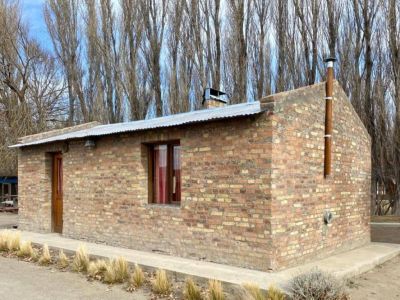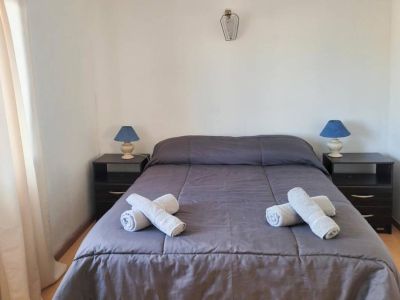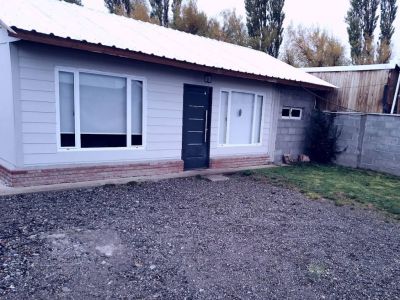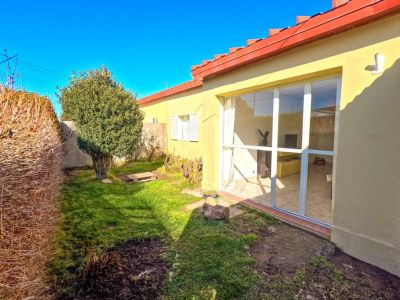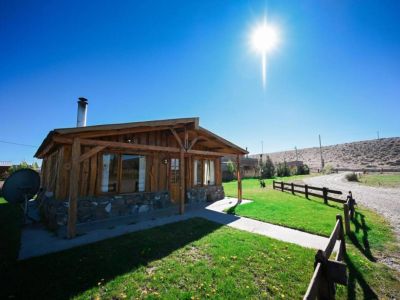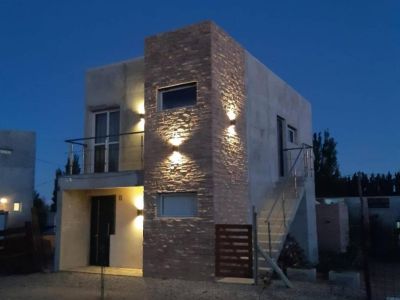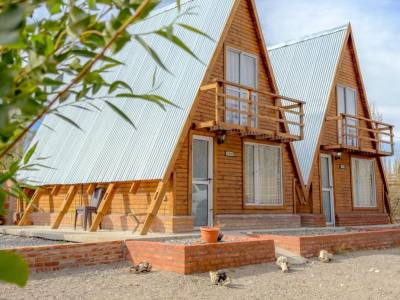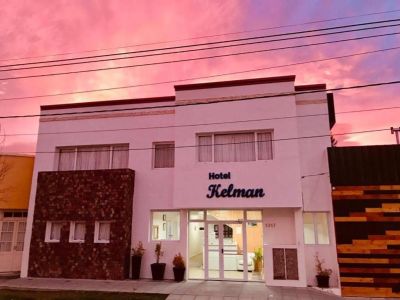
Despite being so close to each other and sharing a 200-meter wide isthmus and a spectacular stream, the color of the water of Lakes Posadas and Pueyrredón is quite different.
Famous Route 40 stretches along the Province of Santa Cruz in vast Patagonia leading to amazing, rugged spots close to the Chilean border. Lakes Posadas and Pueyrredón are a good example: activities such as climbing, hiking and fishing are the perfect complement to outdoor life. Leaving
Perito Moreno, we calibrated our GPS to continue traveling south, stopping on the stretch of land between the lakes which has become renowned among lovers of Patagonian routes, rest and crystal-clear water. Nearby is a small town named Hipólito Yrigoyen or Lago Posadas, where there are several camp sites and comfortable lodgings for the hundreds of visitors arriving every summer. The origin of the town can be traced back to an old sheep breeding
estancia. We decided to pitch our tent in one of the camp sites on the coast of Lake Pueyrredón and spend a couple of days fishing the lake and the river, sheltered from the prevailing western wind by the trees. It is the fulcrum for numerous land and water tours as well as climbing in the surrounding mountains.
Cerro del Indio (Indian Hill),
Garganta del Río Oro (Golden River Throat) and the outing to Mount San Lorenzo -the highest in the province- are among the most popular options including traversing passes and glaciers or wading glacier-fed rivers. Actually, we spent our time preparing our fishing tackle and tracking rainbow trout, perch and silverside. To our amazement, we learned there are also salt water species of the Pacific, like sea bass and salmon. Needless to say, we enjoyed some delicious grilled fish!

Gravel trails led to Lake Pueyrredón first and Posadas later. The former and largest makes its way into Chile where it takes the name Cochrane. Two rivers from Mount San Lorenzo -Paso and Oro- flow into its deep blue water. We were amazed by the green water of Lake Posadas made even brighter by the sunshine. In the middle there is a rock formation called The Arch resembling a stone bridge weathered by wind and water. Both lakes and their tributaries are part of the basin flowing into the Pacific Ocean. We drank spring water, took photos and explored the coasts of lakes and rivers. We really welcomed the peace and quiet of this anglers’ hidden paradise where we made friends and learned new fly casting techniques and “tips” used in the area.











